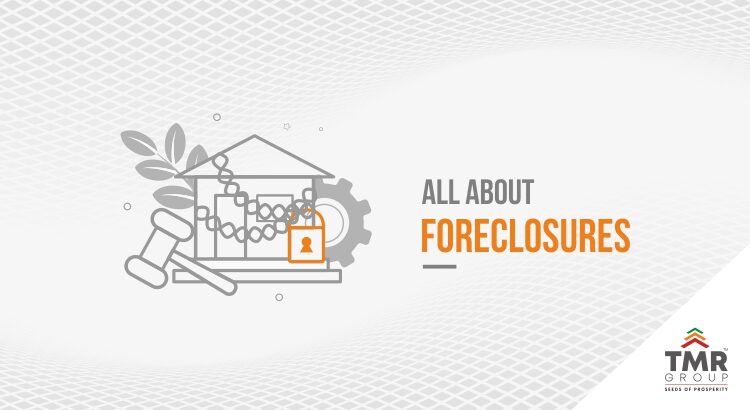Foreclosure is usually the ultimate step after a lengthy pre-foreclosure process. It is a lawful procedure by which a lender attempts to recover the money owed on a defaulted loan by taking ownership of and selling the mortgaged property. Typically, default is triggered when a borrower misses a selected number of monthly payments, but it also can happen when the borrower fails to satisfy other terms within the mortgage document.
The foreclosure process attains its legal basis from mortgages which allow the lender to use a property as collateral just in case the borrower fails to uphold the terms of the mortgage document. The process varies from state to state; the pre-foreclosure process generally begins when a borrower misses a minimum of one mortgage payment and receives a payment notice from the lender. If the borrower misses two payments, then a requirement letter is sent by the lender. This is more serious than a missed payment notice, but the lender may still be willing to allow the borrower to catch up on the missed payments in due time.
A final notice of default is sent by the lender after 90 days of missed payments and the loan then is handed over to the lender’s foreclosure department. Therefore, the borrower typically has only another 90 days to settle the payments and reinstate the loan and at the end of this period the foreclosure begins.
Rate of foreclosure in today’s real estate scenario
Before the pandemic, foreclosure rates all over the world were at their all-time low but ever since the situation has taken a turn for the worst. The current world scenario looks bleak, as there’s been a wave of job cutting in sectors like aviation, travel, hospitality, real estate, retail, manufacturing and automotive are worse affected and the employees over there would face job losses making it difficult for most people to catch up with their EMI’s on various loans like home loan leading to an increase in the number of house foreclosures. Even with a safe estimation of a lockdown just one quarter, leading to 15-20% job losses and salary cut of 30-40% of the workforce, the impact would be severe with at least half of the working population that buys homes. The real estate sector is currently experiencing almost 65% payment default from customers paying the installments linked to construction as many customers have requested the developers for an allowance to delay the payments due to facing liquidity crunch because of the lockdown so it wouldn’t be unreasonable to suggest that foreclosure activity might also double, under normal circumstances of course.
Importance of Foreclosure
Foreclosed properties are quite easily accessible on banks’ websites and often indicate a good reason for their lower price, they may look poorly maintained, or perhaps there’s a major necessary repair that isn’t so obvious. But while foreclosed properties do require a touch more work, they will also offer a way higher return on investment. If a property doesn’t sell at a bank foreclosure sale auction or it never went through one, the lenders take ownership of the property and may add it to an accumulated portfolio of foreclosed properties.
Foreclosed bank properties can be attractive to real estate investors because in some cases, banks sell them at a discount to their market value, which of course, in turn, negatively affects the lender and so the lenders may offer different alternatives to avoid foreclosure, many of which can mediate a foreclosure’s negative consequences for both the buyer and the seller.
At TMR Group, we ensure that our customers and stakeholders get to see our transparency in every transaction we make. With value for money deals and prompt services, TMR Group is not only about developing impeccable projects at the most prominent locations, but it’s also about the kind of services we deliver. If you wish to know more about who we are and what we do, visit www.tmrinfra.com and explore the plethora of projects that we deliver with diligence.
